Before Wolf Hall there was Hardwick Hall - and the woman who would be Queen
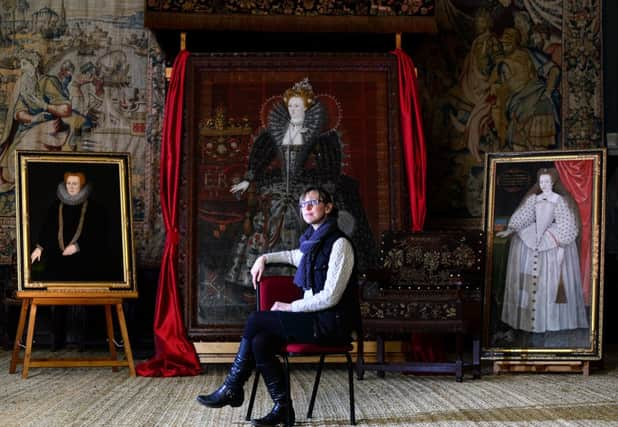

The recent success of the BBC series Wolf Hall has further embedded the stories of this short-lived, tyrannous dynasty in the national psyche.
Comparatively little is known, however, of exactly what happened next. In particular, the story of how one Derbyshire woman almost changed the course of history by claiming the throne..
Advertisement
Hide AdAdvertisement
Hide AdThis year marks 400 years since the death of Arabella Stuart, granddaughter to the powerful Bess of Hardwick, who was once touted as a successor to Queen Elizabeth.
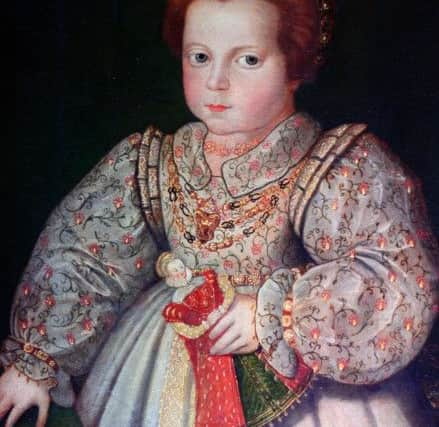

And the National Trust is aiming to resurrect the little-known yet dramatic story of the would-be monarch to mark the anniversary at her former home in the Elizabethean manor of Hardwick Hall.
“She’s been lost to sight over the four centuries since her death,” her biographer Sarah Gristwood told The Yorkshire Post.
The only daughter of Elizabeth Cavendish and Charles Stuart, and orphaned at ayoung age, Arbella was cared for by her maternal grandmother, the Countess of Shrewsbury, or Bess of Hardwick.
Advertisement
Hide AdAdvertisement
Hide AdShe was raised as a princess at Hardwick and, much like grandparents of today, Bess had high ambitions for the youngster.
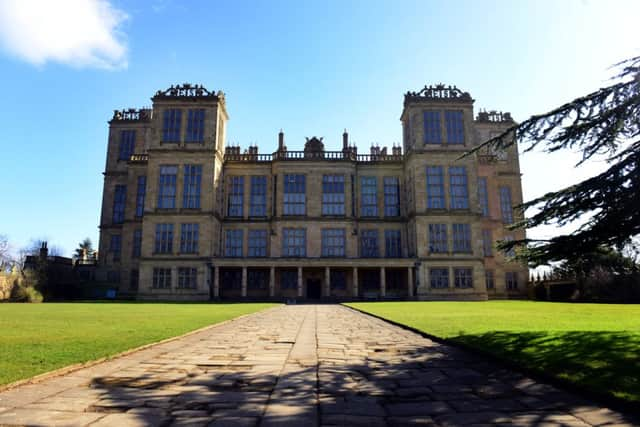

When the question of who would succeed the childless Virgin Queen became a national talking point, Arabella was mooted as an option by none other than Elizabeth herself.
Mrs Gristwood said: “Queen Elizabeth I had at one stage spoken of Arbella as a possible successor to her.
“Bess of Hardwick had grand ambitions for Arbella, so it is not surprising that the young girl’s contemporaries expected her to succeed to the throne.”
Advertisement
Hide AdAdvertisement
Hide AdBut it was James VI of Scotland who was the eventual successor, and Arabella’s life subsequently descended into chaos more remarkable than many works of fiction.
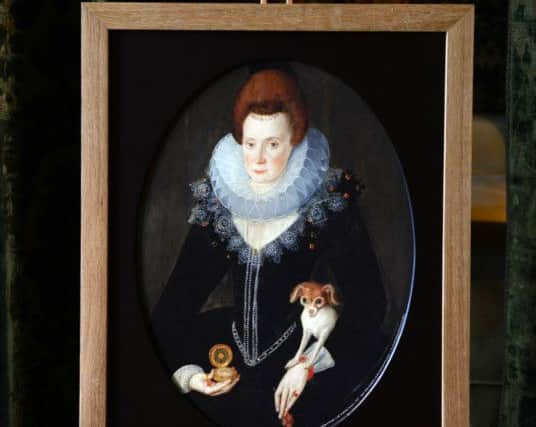

In the years which followed the end of the Tudors she found herself at the centre of political wranglings, dispelled from court and ending her days in the Tower of London.
It is this story which will be the focus of a new exhibition at the 16th-century Hardwick Hall.
“When she made a bid for the crown and later tried to flee the country both were matters of national security,” added Mrs Gristwood.
Advertisement
Hide AdAdvertisement
Hide Ad“Staff and volunteers at Hardwick are presenting her extraordinary story to visitors.”
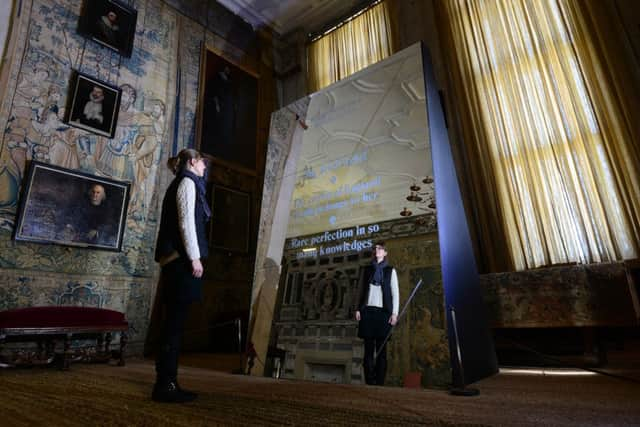

Visitors will be taken on a room-by-room journey, set in the place where some of the key events happened and invited to consider whether Hardwick was a palace or a prison for Arbella.
The story continues outside, in the garden and wider parkland, within the confines that were later imposed on Arbella.
There will also be the chance to come eye-to-eye with portraits of the key players in her tragic life, which are being brought own from the walls to see them in the powerful light.
Advertisement
Hide AdAdvertisement
Hide AdVolunteers have been involved in researching the story and piecing together events in Arabella’s life to form the anniversary exhibition.
“We want visitors to get a sense of the power, ambition and politics at play as well as the turmoil and uncertainty of this time,” said Dr Nigel Wright, Hardwick’s house and collections manager.
“Hardwick was more than a big house on a hill.
“It could have ended up as the seat of England’s power, and the turning point in this country’s history.”